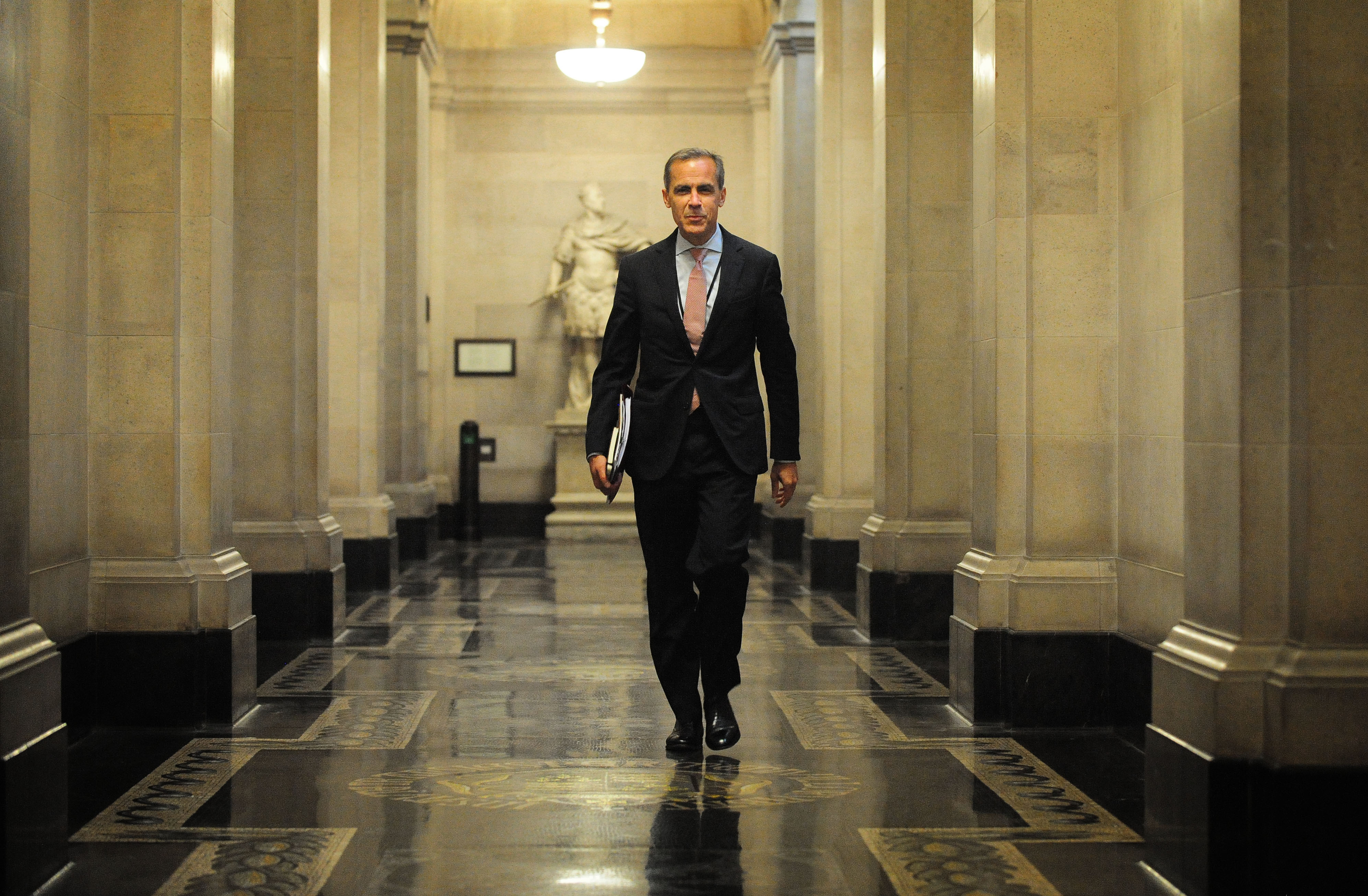By Bruce S. Campbell Bynatasha Bulowski
In an interview shortly after he was appointed UN Special Envoy on Climate Action and Finance in December 2019, Carney described climate change as the world’s greatest existential threat. He urged people everywhere to keep up the pressure in calling for climate action.
Canada’s greenhouse gas (GHG) emissions reduction record
Canada’s Nationally Determined Contributions (NDC), represent its commitment under the Paris Agreement to reduce emissions by 45 to 50 per cent below 2005 levels by 2035, building on its emissions’ reduction plan of 40 to 45 per cent by 2030. Canada’s commitment to reach net-zero by 2050 is codified in law through the Canadian Net-Zero Emissions Accountability Act.
Canada has been a laggard in meeting its emissions reduction targets.
In his 2024 report, Canada’s commissioner of the environment and sustainable development warned that since 2005, Canada’s emissions have declined by 7.1 per cent, still a long way from reaching the reduction of at least 40 per cent required by 2030.
Canadian banks and other financial institutions continue to invest heavily in fossil fuel projects. The Net-Zero Banking Alliance (NZBA), a global, member-led initiative supporting banks to lead on climate mitigation in line with the Paris Agreement goals, has seen more than 140 banks, including Canada’s big banks, leave the alliance since the election of the Trump administration. The Canada Pension Plan recently dropped its commitment to align its investments with the country’s net-zero action targets.
Carney Government climate-related actions
In his election victory speech, Carney said, “It’s time to build an industrial strategy that makes Canada more competitive while fighting climate change.” Carney also promised action to increase clean energy infrastructure, particularly interprovincial transmission ties to help electrify the economy.
Carney appointed Tim Hodgson — former chairperson at Ontario Hydro One and formerly on the board of fossil fuel company MEG Energy — to serve as energy and natural resources minister; Hodgson is a former Goldman Sachs banker and worked alongside Carney at the Bank of Canada.
Hodgson’s speech at a Calgary gathering pressed for the Pathways Alliance project to proceed with a proposed carbon-capture facility in the oilsands region of northern Alberta. Negotiations are currently underway which suggest that the carbon emissions cap could be changed if there are meaningful advances toward the realization of its carbon capture and storage project (CCS). Many questions remain about carbon capture and storage feasibility. An Oxford University study concluded that regarding CCS “as a way to compensate for ongoing fossil fuel burning is economically illiterate.”
While Hodgson has been at the forefront of Carney government pronouncements, Julie Dabrusin, the Minister of Environment and Climate Change, has been missing in action.
Michael Sabia, recently appointed by Carney as the Clerk of the Privy Council, the head of the public service, is woven from the same cloth as both Carney and Hodgson.
Carney’s mandate letter to cabinet stated the government’s intention for Canada to become an energy superpower in both clean and conventional energy. The letter outlined seven priorities, none of which explicitly mentioned climate. It simply stated: “We will fight climate change.”
The Speech from the Throne delivered by King Charles III mentioned the creation of a federal project office committed to building an industrial strategy to make Canada more globally competitive, “while fighting climate change.”
At the meeting between the federal government and premiers, a joint statement was issued reading, in part, “First Ministers agreed that Canada must work urgently to get Canadian natural resources and commodities to domestic and international markets, such as critical minerals and decarbonized Canadian oil and gas by pipelines…” The very term “decarbonized oil and gas” has been denounced by the co-chair of the federal Net-Zero Advisory Body (NZAB), climate scientist Simon Donner, as Orwellian. Alberta Premier Danielle Smith was “encouraged” by the federal government’s change of tone on pipelines.
On June 6, Carney introduced Bill C-5. The bill includes the Building Canada Act, which gives the government the power to circumvent environmental laws to get major resource projects built. The Canadian Environmental Law Association warned that Bill C-5 could fast-track environmentally risky mega-projects across the country while undermining federal laws designed to safeguard the environment, human health, and Indigenous rights.
Navigating between corporate interests and the health of the planet
For someone very knowledgeable about the climate threat to the planet, Carney’s actions thus far are not encouraging.
Going forward, will he implement measures necessary to ensure the government meets its Paris Agreement commitments? What changes will his cabinet make to its emissions cap on fossil fuel company emissions? Will he finalize methane regulations for oil and gas, finalize the clean electricity investment tax credit, establish a made-in-Canada climate taxonomy, mandate the Canadian Sustainability Standards Board to provide binding obligations for public companies, adopt Senator Rosa Galvez’ Climate-Aligned Finance Act (CAFA) — a bill to ensure financial institutions align their activities with Canada’s climate commitments under the Paris Agreement?
Carney’s actions thus far leave my optimism hanging by a thread.
Bruce Campbell is an adjunct professor, York University, Faculty of Environmental and Urban Change; Senior Fellow, Toronto Metropolitan University, Centre for Free Expression; and former executive director of the Canadian Centre for Policy Alternatives.
